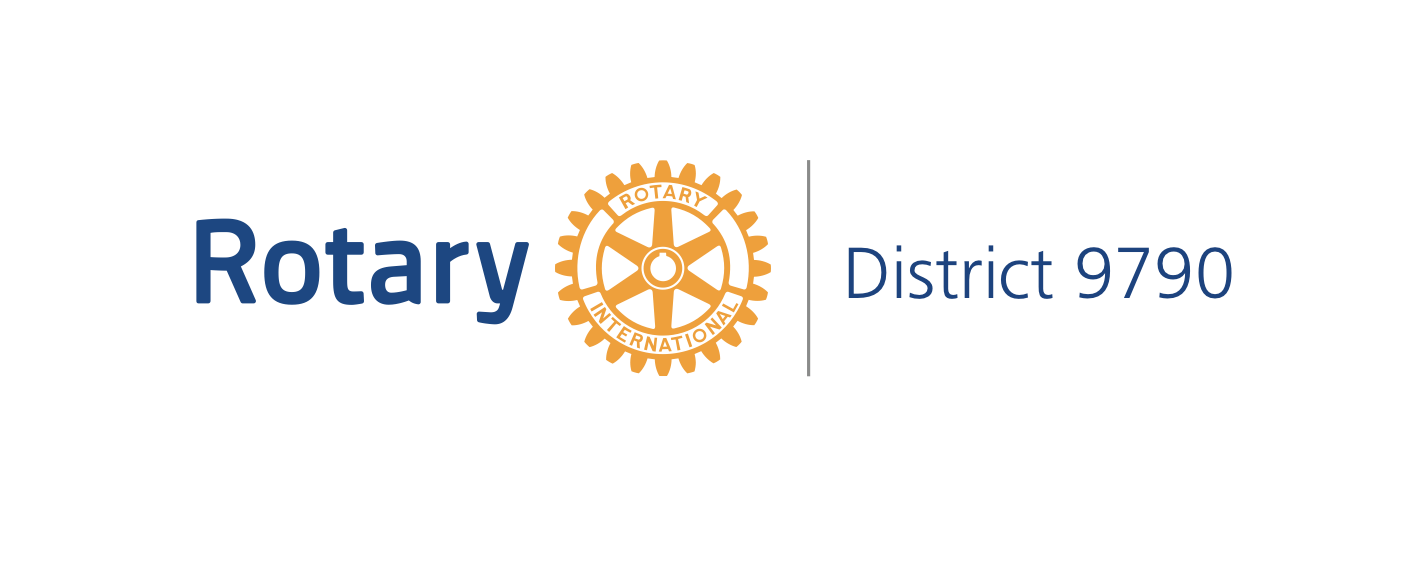Rotaract Enhancing Rotaract
"Enhancing Rotaract" - Research Project
Summary of Results
 Non-profit organisations throughout the world are facing a rapidly aging population, with their long-term survival said to depend on the recruitment and retention of young adults. As Rotaract is a non-profit service organisation specifically for young adults, it faces an increasing amount of competition in the attraction and retention of volunteer members.
Non-profit organisations throughout the world are facing a rapidly aging population, with their long-term survival said to depend on the recruitment and retention of young adults. As Rotaract is a non-profit service organisation specifically for young adults, it faces an increasing amount of competition in the attraction and retention of volunteer members.
District 9630 Rotaractor and 2009-10 Rotary Ambassadorial Scholar, Emily Wood, recently completed a research dissertation for her Master of Arts in International Public Relations that looked at how public relations can help Rotaract improve its brand recognition and recruitment success. Emily describes her introduction to Rotaract as a chance encounter.
"Even though I was an Interactor at high school, I only heard about Rotaract by chance. If that chance had passed me by, I would have missed out on what has become a major part of my life. I love Rotaract. It gives me the opportunity to make a difference in the community and learn new things about myself and the world. It has also introduced me to
wonderful people who I'm sure I will continue to call my friends for many years to come. The only problem with
Rotaract is that no one knows about it. If people don't know about it, how can we attract more members and complete our projects to the best of our abilities."
During her year as a Rotary Ambassadorial Scholar, Emily decided to give something back to the Rotary family by researching how she could use her public relations skills to increase the brand recognition and recruitment success of Rotaract. An important element of her research was identifying what motivates Rotaractors to volunteer.
533 Rotaractors from 79 different countries completed an online questionnaire about what motivated them to become volunteer members of Rotaract.
From this, it was apparent that Rotaractors are most motivated to volunteer by three factors.
- The desire to help others.
- The desire to learn new things.
- The desire to make new friends.
- First, we can see that the opportunities that Rotaract provides matches what motivates us to become involved. Community and international service satisfies our desire to help others.
Professional development satisfies our desire to learn new things. And, club service satisfies our desire to make new friends. - Second, if you know what motivates people to volunteer, you can tailor your recruitment communication to address those motivations.
"If our motives to volunteering are satisfied by what Rotaract has to offer, then our challenge in recruiting new members is being able to communicate this message - not only to potential members, but also to Rotarians, family and friends. The more people that know about and fully understand Rotaract, the greater the potential for increasing brand awareness and recruitment success", said Emily.
Emily also interviewed a number of Rotaract leaders, Rotary leaders and Rotary International employees. From these interviews she found that not everyone in the Rotary family knows about or understands Rotaract.
One Rotary leader said, "Most Rotarians you speak to don't know about Rotaract".
"As far as the general public is concerned, I think unless they happen to know someone who is in Rotaract they have no idea what it is", Emily commented.
Emily's research found that educating all members of the Rotary family - from Rotarians and Interactors to RYLA, RYPEN and RYDA participants - is of paramount importance. The research showed that 60% oof Rotaractors found out about Rotaract from a family member or friend who was a Rotarian and Rotaractor. A further 23% found out about it from a Rotary club or program. This means a whopping 83% of recruitment is attributed to members of the Rotary family sharing the Rotaract message.
- Promoting a consistent image of Rotaract to all of our stakeholders.
- Tailoring communication to match what motivates people to join Rotaract.
- BEING ROTARACT !
"We, as individuals, are the most powerful form of communication.
We need to be ambassadors for our clubs, our districts and the Rotaract program as a whole.
If we can show every day that Rotaract gives us the opportunity to help others, learn new skills and make new friends, we will be well on our way to increasing Rotaract's brand recognition and recruitment success".
Rotary Club of Albury
District Rotaract Committee
(M)0417 582 271
(H)(02) 6056 9696
Email: rotaract@rotary9790.org.au

